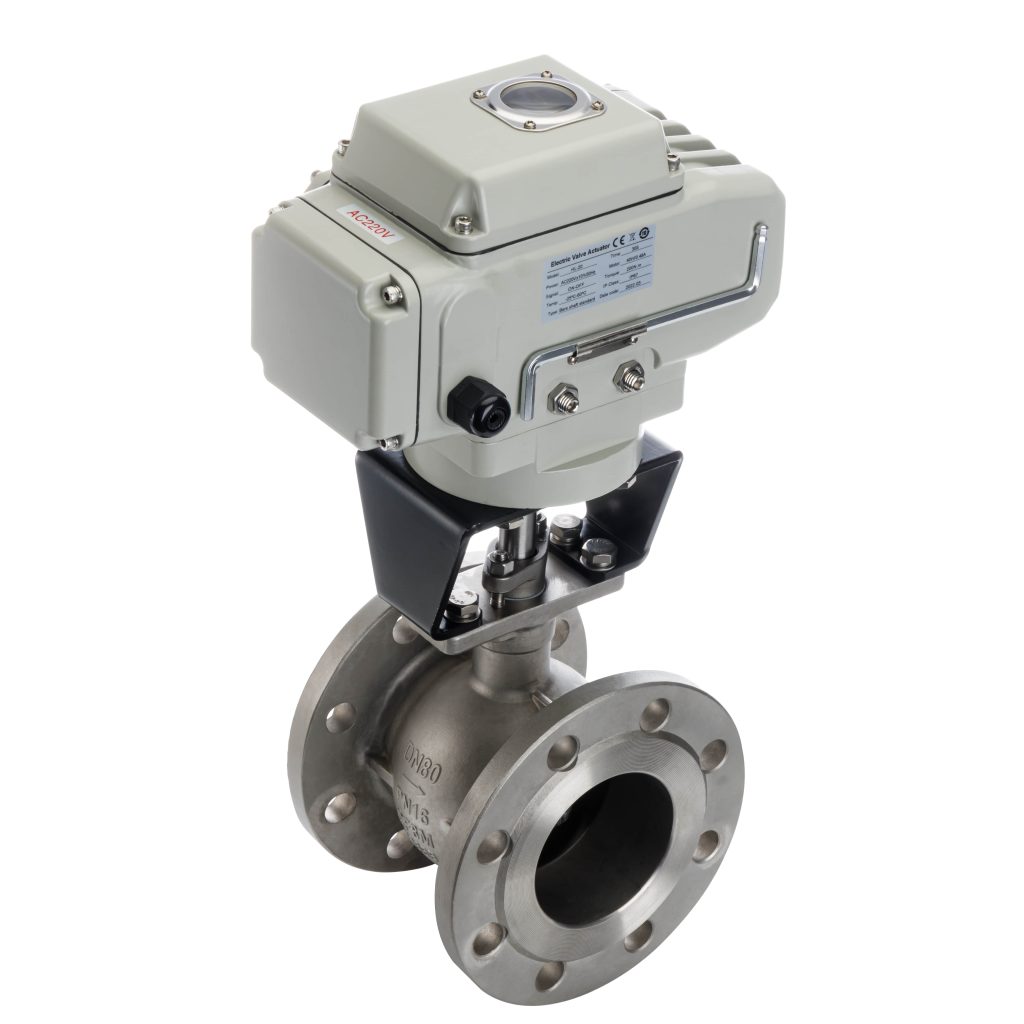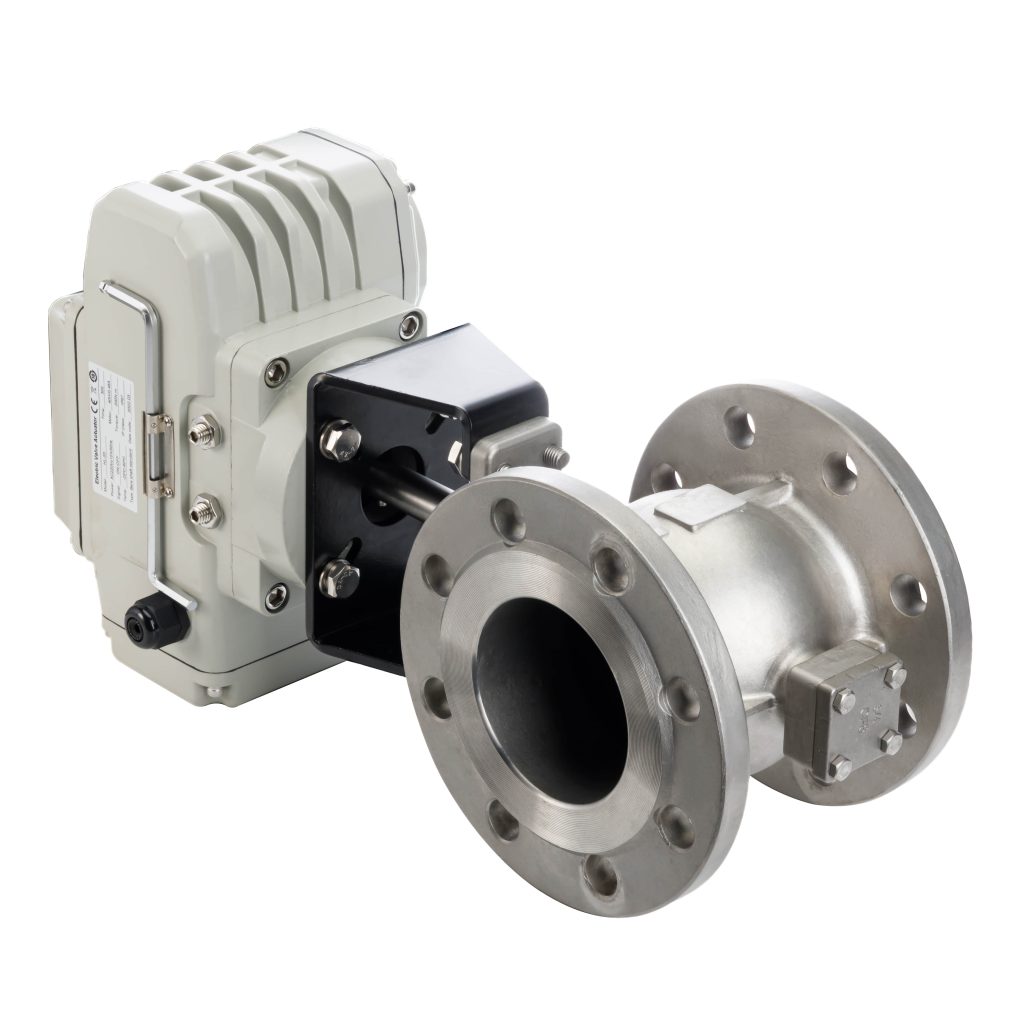Electric V-ball valves, a type of automated valve, play a crucial role in various industrial applications, offering efficient fluid control solutions. These valves combine the benefits of a traditional ball valve with the precise control capabilities of an electric actuator. This article will delve into the functionality, applications, and advantages of electric V-ball valves, highlighting their importance in modern industrial processes.

Functionality of Electric V-Ball Valves

Electric V-ball valves are designed to control the flow of fluids in piping systems. They consist of a ball with a V-shaped notch cut into it, allowing for precise flow regulation. The “V” shape of the ball facilitates a more controlled flow compared to standard ball valves, making them ideal for throttling applications where flow regulation is essential. The valve operates by rotating the ball within the valve body. An electric actuator is connected to the valve, enabling remote operation. This actuator receives signals from a control system, such as a programmable logic controller (PLC) or a human-machine interface (HMI), allowing for automated control of the valve position. The actuator can be configured for various operating conditions, including fail-open or fail-close positions, ensuring safety and reliability in operations.
